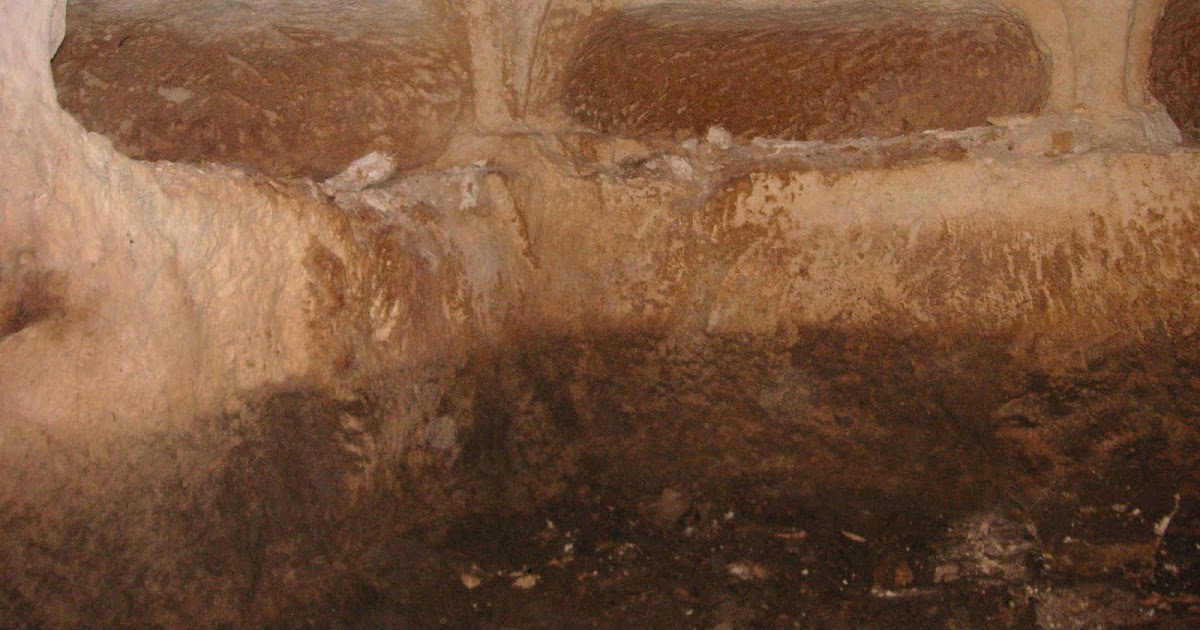Turkish, Armenian historians quarrel over failed study initiative

Turkish and Armenian historians remained at odds following the failure last week of a planned joint study into the World War I events in eastern Anatolia, which Armenians claim amounted to genocide.
Yusuf Halaçoğlu - Ara Sarafian
Yusuf Halaçoğlu, who heads the Turkish Historical Society (TTK), rejected accusations from British Armenian historian Ara Sarafian that their plans for a joint case study on the treatment of Armenians in Harput in eastern Anatolia in 1915 would not work because Halaçoğlu said he could not provide some of the documents he requested.
"I never said that we could not open some of the archives or that we cannot show some documents," Halaçoğlu said in a statement released Wednesday afternoon. He noted that he did not have the legal authority to impose restrictions on archive documents. Halaçoğlu, speaking last week, blamed the Armenian diaspora for failure of the initiative and said Sarafian bowed to pressure from the diaspora.
"I particularly want to stress that Mr. Sarafian has probably been subject to pressure," Halaçoğlu then said. "As a matter of fact, a news report published by [bilingual Armenian-Turkish newspaper] Agos said that the Armenian diaspora was very angry with Sarafian because of his proposal to study with Turkish historians."
In London, Sarafian refuted claims that he was afraid to carry out research with a Turkish academic and said Halaçoğlu had told him some of the documents he requested were not available in the Ottoman archives.
"This is an incredible statement. I expect Halaçoğlu to clarify what this means," he said in an interview with the Cihan News Agency. "I am not the one who gave up on the research. I am the one who proposed doing research in Turkey and would love to work in this direction."
He said, however, that his proposal was no longer on the table because the documents, as Halaçoğlu said, were not in the Ottoman archives. "If these documents are not available, then we of course cannot do any study," he was quoted as saying by Cihan.
Sarafian also said he wanted to stay in contact with Turkey and that he favored dialogue. "I favor dialogue to show that at least those days when Turks and Armenians were killing each other are over," he said. "I believe there will be a consensus on that but I know that this will not be easy." He also said: "I am not a supporter of the Armenian diaspora who criticizes Turkey without talking to Turkish historians and looking into the archives. I am in favor of trying to work in and with Turkey as much as I can."

Turkish and Armenian historians remained at odds following the failure last week of a planned joint study into the World War I events in eastern Anatolia, which Armenians claim amounted to genocide.
Yusuf Halaçoğlu - Ara Sarafian
Yusuf Halaçoğlu, who heads the Turkish Historical Society (TTK), rejected accusations from British Armenian historian Ara Sarafian that their plans for a joint case study on the treatment of Armenians in Harput in eastern Anatolia in 1915 would not work because Halaçoğlu said he could not provide some of the documents he requested.
"I never said that we could not open some of the archives or that we cannot show some documents," Halaçoğlu said in a statement released Wednesday afternoon. He noted that he did not have the legal authority to impose restrictions on archive documents. Halaçoğlu, speaking last week, blamed the Armenian diaspora for failure of the initiative and said Sarafian bowed to pressure from the diaspora.
"I particularly want to stress that Mr. Sarafian has probably been subject to pressure," Halaçoğlu then said. "As a matter of fact, a news report published by [bilingual Armenian-Turkish newspaper] Agos said that the Armenian diaspora was very angry with Sarafian because of his proposal to study with Turkish historians."
In London, Sarafian refuted claims that he was afraid to carry out research with a Turkish academic and said Halaçoğlu had told him some of the documents he requested were not available in the Ottoman archives.
"This is an incredible statement. I expect Halaçoğlu to clarify what this means," he said in an interview with the Cihan News Agency. "I am not the one who gave up on the research. I am the one who proposed doing research in Turkey and would love to work in this direction."
He said, however, that his proposal was no longer on the table because the documents, as Halaçoğlu said, were not in the Ottoman archives. "If these documents are not available, then we of course cannot do any study," he was quoted as saying by Cihan.
Sarafian also said he wanted to stay in contact with Turkey and that he favored dialogue. "I favor dialogue to show that at least those days when Turks and Armenians were killing each other are over," he said. "I believe there will be a consensus on that but I know that this will not be easy." He also said: "I am not a supporter of the Armenian diaspora who criticizes Turkey without talking to Turkish historians and looking into the archives. I am in favor of trying to work in and with Turkey as much as I can."









Comment